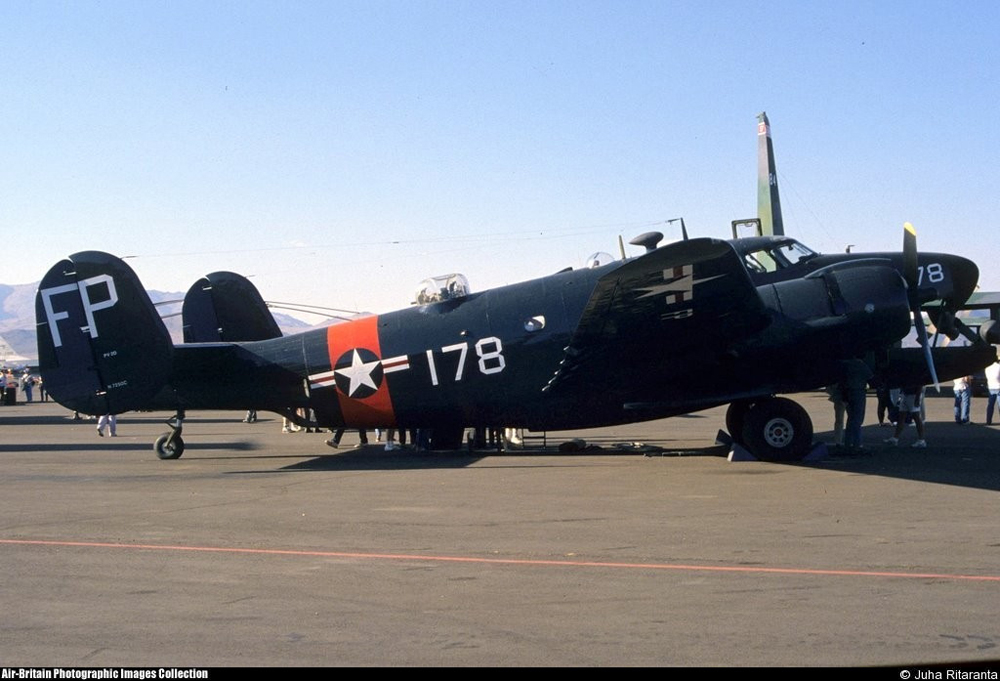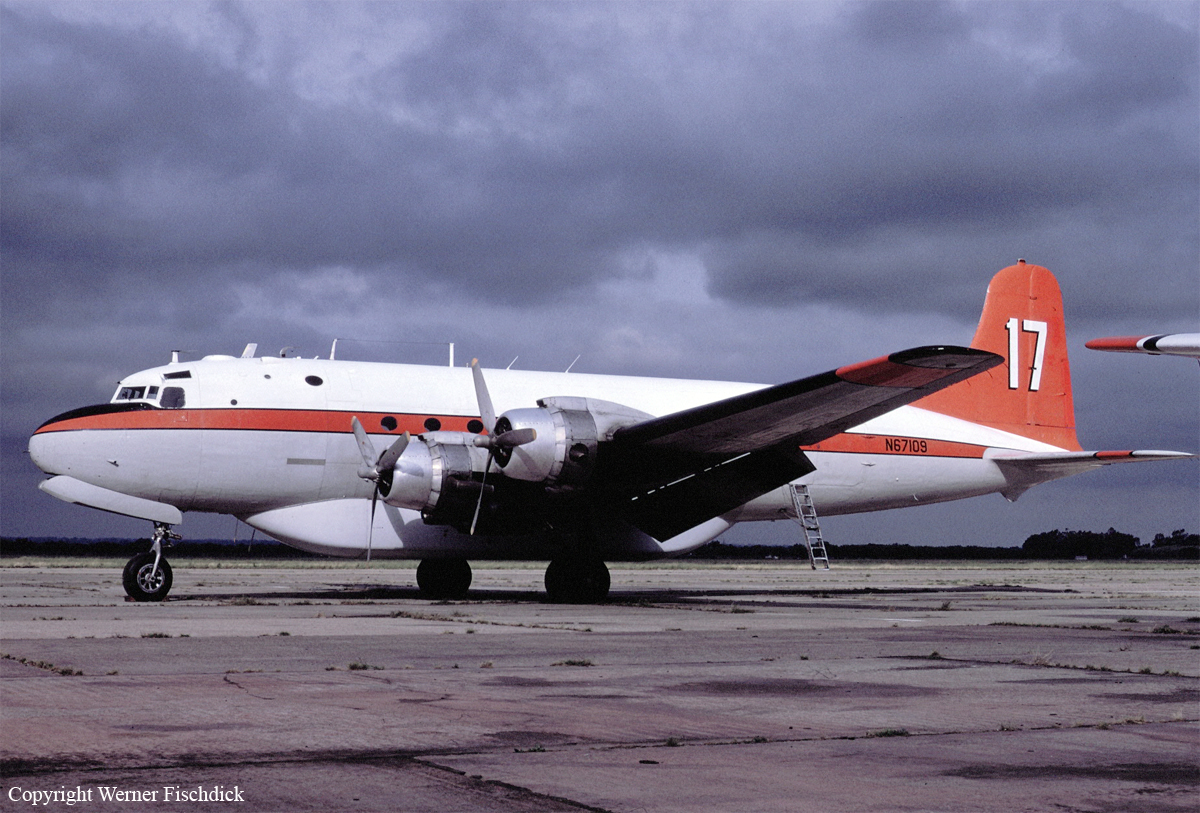Crash of a Lockheed PV-2D Harpoon off Lakeport: 8 killed
Date & Time:
Sep 29, 1990 at 1229 LT
Registration:
N7250C
Survivors:
No
Schedule:
Santa Rosa - Santa Rosa
MSN:
15-1605
YOM:
1945
Crew on board:
1
Crew fatalities:
Pax on board:
7
Pax fatalities:
Other fatalities:
Total fatalities:
8
Circumstances:
The airplane was observed making several low passes, with its smoke generators operating, over seaplanes anchored in a lake. The last pass was reportedly at an altitude less than 50 feet, and then the airplane was observed entering an abnormally steep climb, followed by a near vertical nose-down attitude to impact. A video tape shows that both propellers were turning. The pilot had received his multi-engine rating in a Beech 76 on 3/6/90, and his type rating in the airplane 3/28/90.
Probable cause:
The pilot-in-command's failure to maintain airspeed during a pull-up from a low pass. Factors which contributed to the accident were: the pilot's poor judgement in buzzing the seaplanes which resulted in insufficient altitude to recover from the stall, and the pilot's inexperience in the airplane.
Final Report:









